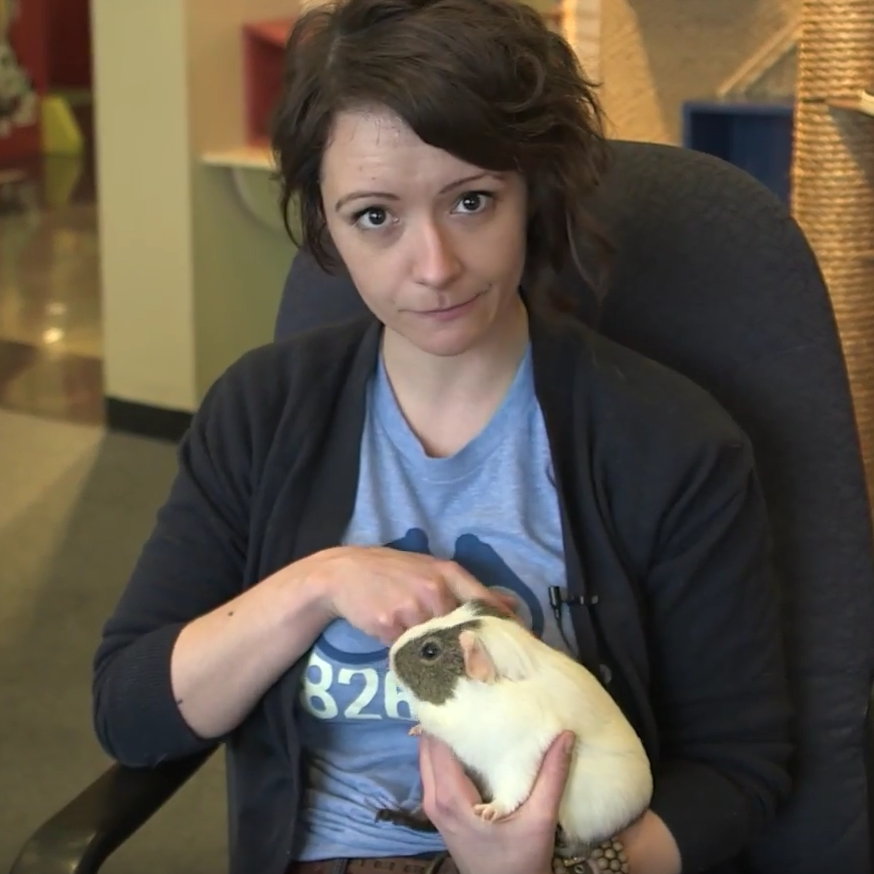With great power (to teach empathy, vocab, math and more...) comes great responsibility! Go through the pros and cons of adding a pet to your preschool classroom with Rachel.
Thinking about bringing a pet — guinea pig, hamster, frog, or fish — into your preschool or early learning classroom? Rachel maps out some of the benefits — like building a curriculum and fostering empathy — as well as some of the pitfalls... yes, we talk about pet funerals. Watch for developmentally appropriate tips for using a pet with your early learners.
Pros:
- Amazing at creating empathy, encouraging little ones to think outside of themselves
- Great addition to curriculum: e.g. language skills and vocabulary (describe the pet) or math (how much does the pet weigh?)
- Fosters responsibility: Who will feed the pet and clean its cage?
Cons:
- Responsibility: Ultimately, the responsibility falls on you as the teacher to care for the well-being of your class pet.
- Price: The cost of food, bedding, toys, vet visits, etc. can start to add up!
- Pets are a full-time commitment that doesn't end when the term does. Where's your guinea pig or fish going to spend the summer holidays? (SPOILER: Probably at your house.)
- Pets eventually die, and you'll need to explain that to the kids. (Rachel says honesty is the best policy, as far as this goes!)



